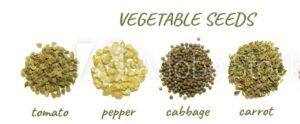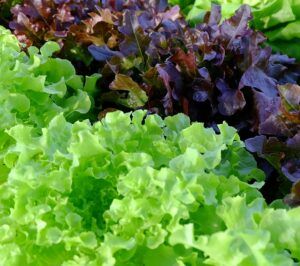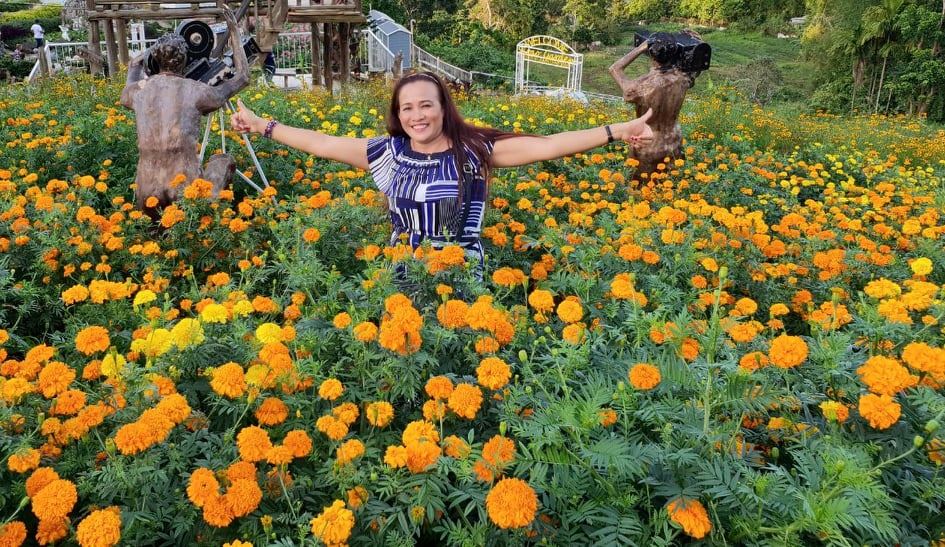Much like every new undertaking, planning your vegetable garden layout can produce unexpected results. However, having the right seeds, tools and guidance can make your first garden successful.
If you are able to follow the steps outlined in this guide, you would then find it much easier than you thought. Let’s kick off from the very beginning – when you start making preparations for your vegetable garden.
Making Preparations
You can never over-prepare, especially since this is the first time of planting your own vegetable garden. To set the right tone for your vegetable garden, these tips offer guidance on what to do.
1 – Selection of Vegetables to Plant

The first thing you have to decide on is the choice of which vegetables to plant. You may already have a choice of vegetables in mind that you would want to start your garden with. But if you don’t, you can take your pick of any two or three vegetable combos.
Try not to crowd your garden with too many varieties of vegetables; a maximum of 3 will suffice. Corn and red beans could be a great combo to start within your garden.
When making a decision, you have to be aware that some plants produce around the season while some others produce only once.
Examples of plants that produce season-long are tomatoes and pepper while corn, carrots, and radishes produce just once.
2 – Choosing the Plants to Grow
I would say you choose plants that are exposed to the least risks. Remember that this is your first garden planting and you’re required to do a lot of learning along the way.
Some plants that would be ideal for you include carrots, beets, lettuce, and radishes. As you grow in experience you can include plants that are more challenging to handle.
3 – Best Vegetables for Your Climate

Your native climate will ultimately affect how your plants turn out, so you have to consider it before you start planting the seeds.
If your climate is hot, then your choice of plants should be the ones that adapt nicely to hot climates.
4 – Choose the Best Vegetables for the Season
Depending on the seasons that you want to grow your vegetables, you have to decide what best to plant. There are two types of seasons for vegetables which are warm season and cool season.
The best vegetables that you can plant for warm-season include peppers, sweet corn, cucumbers, and tomatoes. Vegetables that are best suited for cool-season include potatoes, turnips, beets, and broccoli.
5 – Acquire Plants that are Disease-Resistant
This is a necessary step to help prevent your plants from getting diseased or spreading diseases around your garden.
You can find a good plant nursery to help you with getting the right seeds for your garden.
6 – Plants to Suit Your Space
Just as overcrowded houses are not ideal for humans to live in; the same goes for the space that you have set aside for a plan to your garden.
You need to find out the growth potential of each of the plant types you are proposing, so they don’t get overcrowded.
Some plants grow very tall while some spread out as they mature. Get all the necessary details for the particular plants you’ve chosen, so you can set aside the ideal space for your plants.
Getting Your Space Set
By now, you’re already aware of the importance of space to your garden project. Some plants require more space than others, so you need to research the plants you have chosen to be sure that your space is adequate.
You will also require space in-between your plants to be able to walk around them. Another thing to consider about your proposed space for planting is its exposure to sunlight.
You see, your space needs to receive a minimum of 6 hours of sunlight daily. That’s because your vegetables require that much sunlight to grow up healthy.
Avoid locations that are shielded by high rise buildings that block access to sunlight. Vegetables that are planted in this kind of places end up having stunted growth.
Another important thing to consider is the closeness of your space to water sources. If you are close to a flowing river, then it is adequate.
If not, you could channel water from a tap through a hose or set up a small irrigation system to water your vegetables.
A minimum of 1 inch of water is what an average plant needs for a week. So ensure that you are able to make that amount of water available for your vegetable plants. Avoid places that have too much wind and ensure that your soil is perfect for what you need.
Getting Set to Plant Your Garden

It’s important to note that vegetable plants require organic fertilizers to grow properly. That’s because organic fertilizers are able to deliver steady nutrients to your plants.
Also, you will have to plot the layout or outline of your garden on paper. It’s similar to sketching the plan of a building on paper. The layout shows you where your plants will be positioned and the spacing between them.
It is best to have 2 to 3 different plants in your garden at any moment. As you conclude on the final plans before planting, you will also need to schedule different times for planting the vegetables.
Your plants have to be close to a water source and ensure that whatever location you choose to situate your garden, there is nothing directly blocking the sun.
Conclusion
I hope you’ve been able to get all the information you need to set up your first vegetable garden. If you want to get the best results at your first attempt, you will need to follow the right steps.
There is a need for adequate preparations that include the selection of vegetables to plant and choosing the plants to grow. Also, choose the best vegetables for your climate and for the season. The rest of the steps show you what to do to plant your first vegetable garden.
I hope these articles will help with your gardening plan today or in the future if you have any questions about this articles, and or you have something to share kindly leave a comment below. Thank you and happy gardening.
